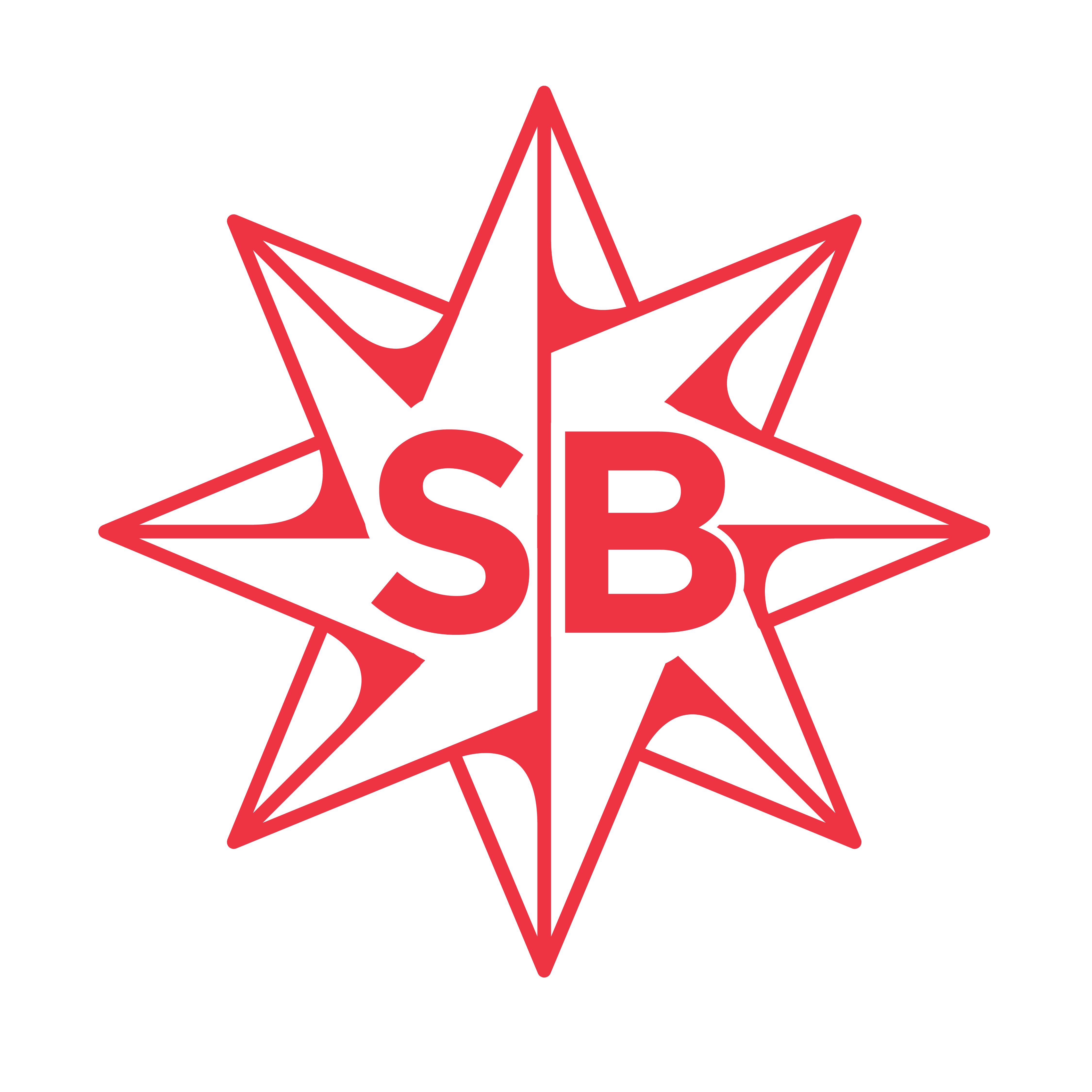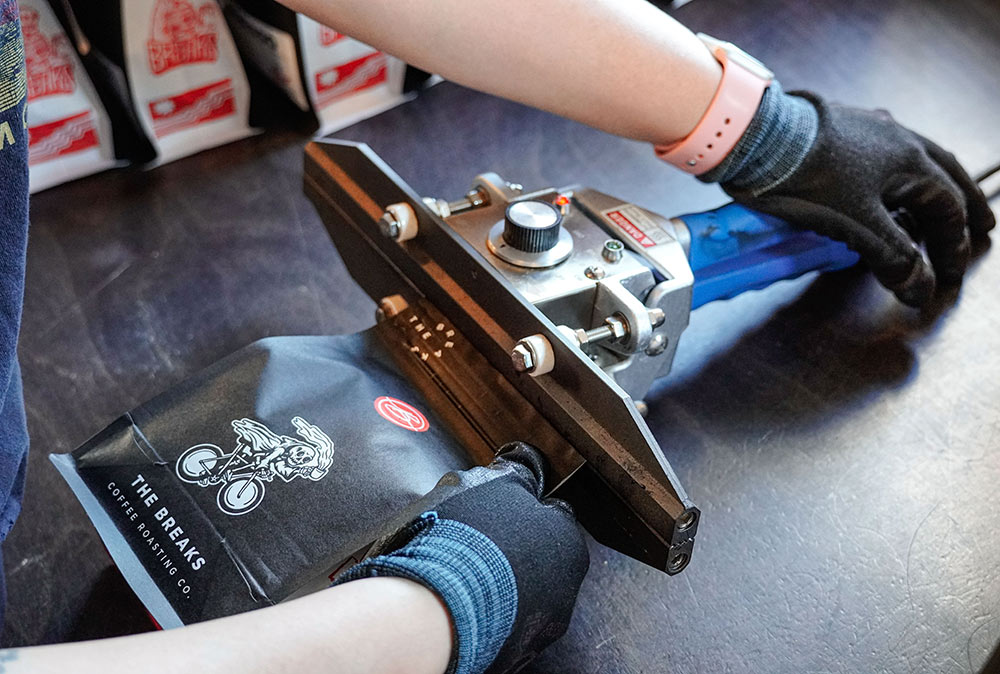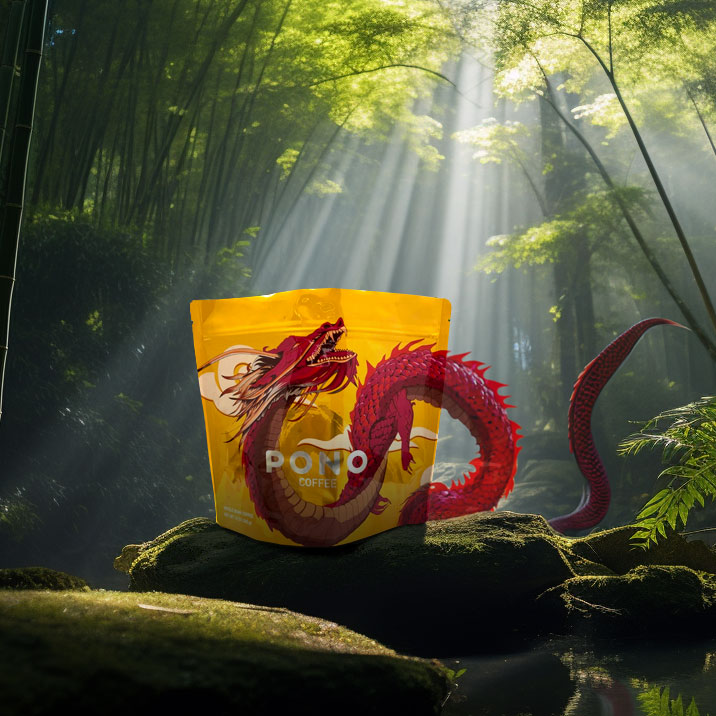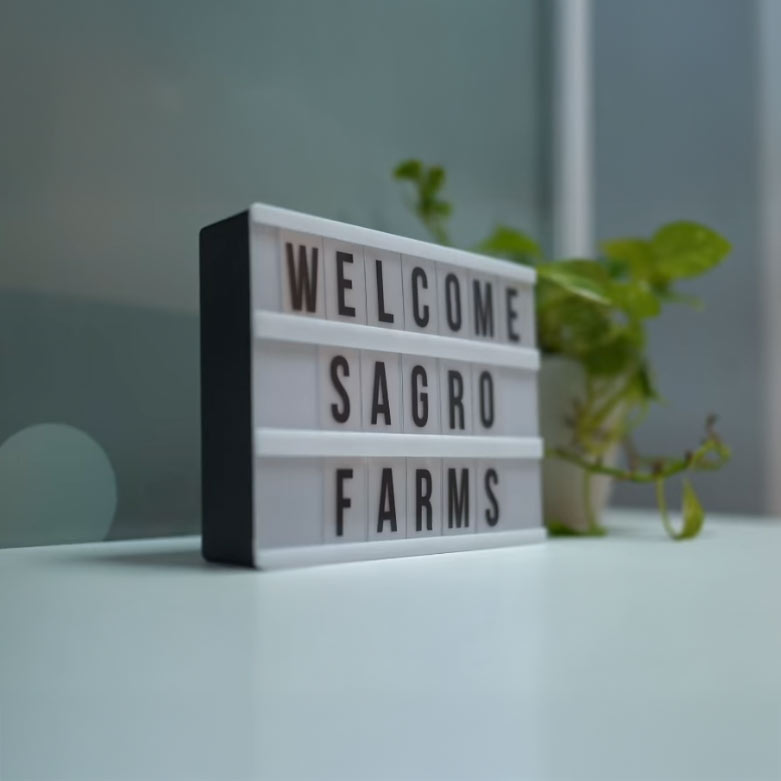Are Coffee Beans and Espresso Beans the Same?
Technically, yes. Coffee beans and espresso beans come from the same plant. But here's the twist: it's how they're roasted and used that sets them apart.
- Coffee beans are usually roasted lighter or medium to bring out acidity and complex flavors.
- Espresso beans are roasted darker to cut the acidity and enhance bold, rich flavors that shine under pressure brewing.
The roast level changes the flavor and oil content of the bean, which also impacts the packaging needs. Dark roasts (like espresso) tend to be oilier, and that oil can break down certain bag materials faster.
Packaging Needs for Coffee Beans vs. Espresso Beans
You can use any roast for your espresso, but keeping in mind the level of your roast is what will determine if your packaging choice will preserve the coffee. Here’s how they differ:
Coffee Beans (for drip or filter brews):
- Often roasted lighter, so they stay drier.
- Usually packed in foil or paper bags with degassing valves to let CO₂ escape.
- Two-way valve helps preserve aroma while preventing oxygen from getting in.
- Barrier films (like PET/AL/PE) are common for blocking light and air.
Espresso Beans:
- Roasted darker, so they're more oily.
- Need stronger barrier packaging (like multilayer foil bags) to prevent oil from seeping out.
- Degassing valves are essential, especially early on when CO₂ release is highest.
- Bags often come with resealable zippers or tin ties for better long-term freshness.
 Contact Our Team!
Contact Our Team!3x SCA Best New Product Award Winner
Industrial Compostable Packaging
Din Certo Certified
Your Very Own White Label Mobile App
Pono Collective: Providing Coffee Education
Lower MOQs With Our Digital Print Process
Setting Trends While Elevating Your Brand






